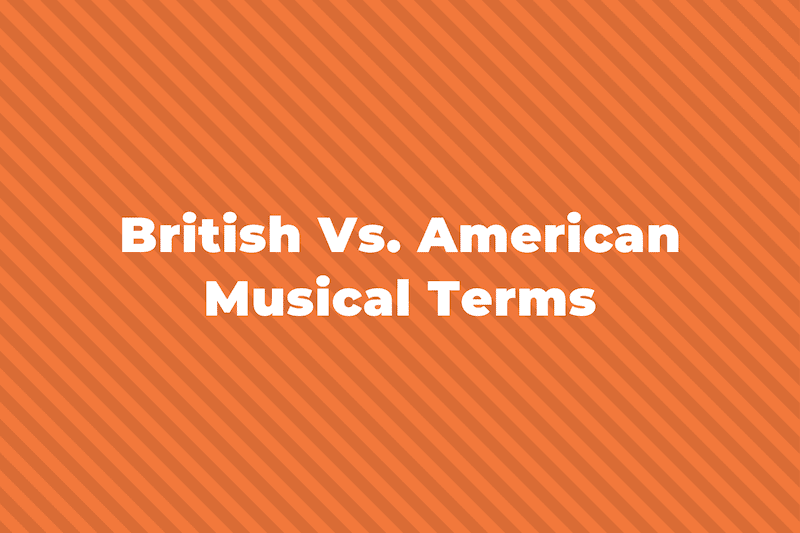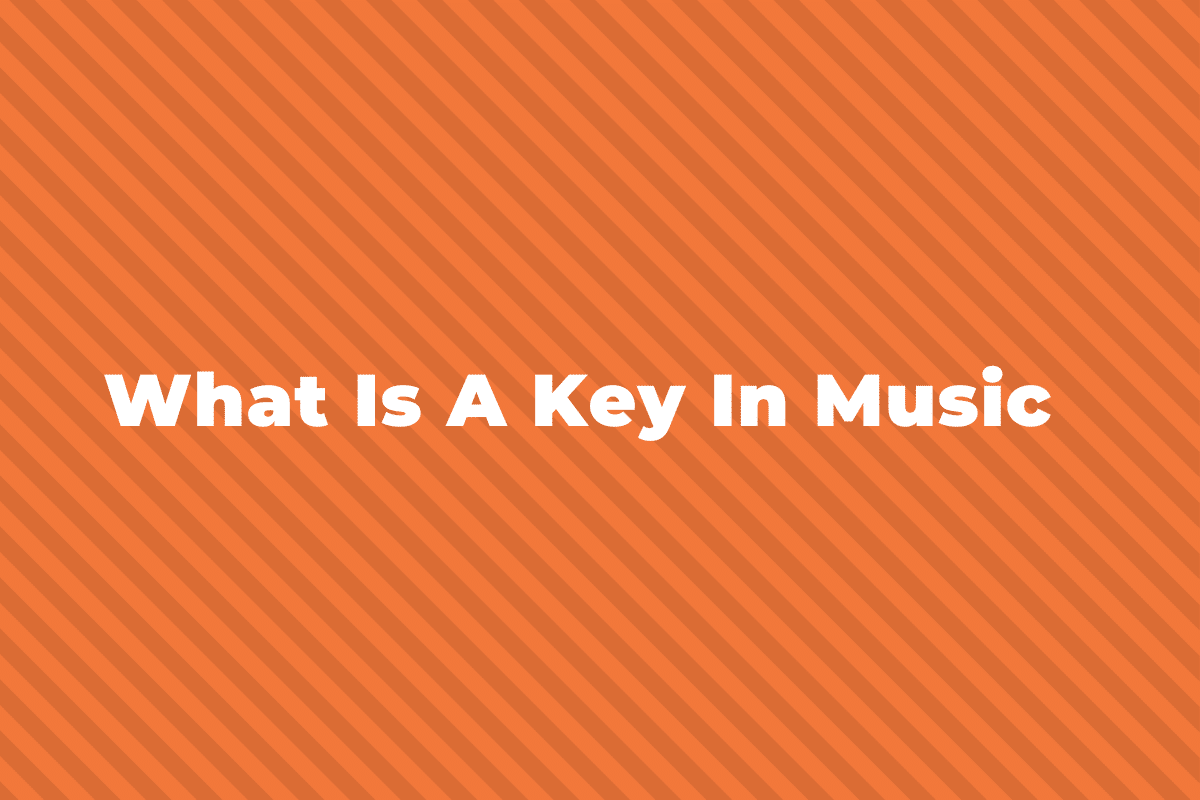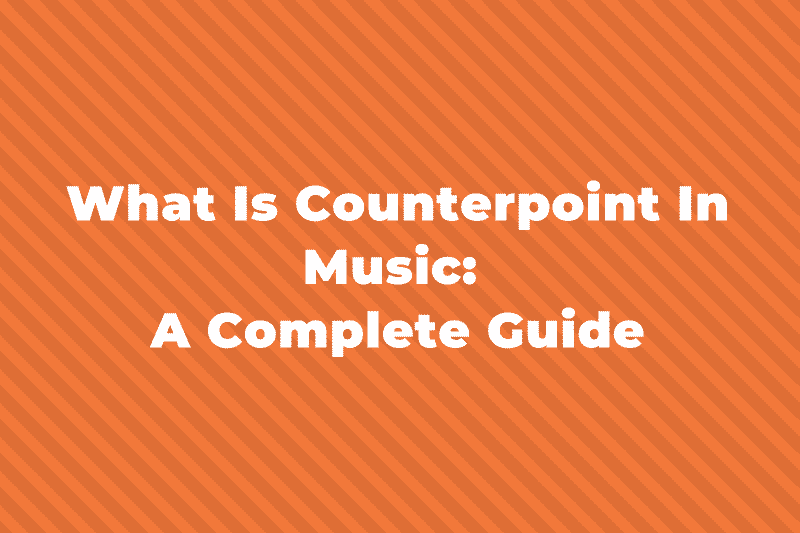When analyzing a piece of music or learning about harmony, chords are the building blocks which everything stems from. Every song you would hear on the radio nowadays would have at least one or two chords in it. There are many different types of chords – from major to minor, diminished to augmented, seventh chords, suspended chords, etc.
In this post, we’ll be looking at what an Augmented Chord is. However, we should first go over exactly what is a chord.
What is a Chord?
Anytime you hear or play two or more notes at the same time, you are playing a chord.
These notes are usually specifically chosen to complement each other, which creates consonance, but there are also chords that are dissonant (or inharmonious) on purpose.
Aside from two-note chords, which are called intervals or dyads, most chords are made from three or four notes.
These chords are typically made by stacking 3rds on top of each other.
The interval of a 3rd can be seen in any major or minor scale by taking any two notes that are separated by a single note between them.

For example, the 1st and the 3rd are an interval of a 3rd apart, because there is one note (the II) in between them.
The scale above is a C Maj scale, C – D – E – F – G – A – B – C, and starting on any of the notes, if you take the next two 3rds (going every other note), you get a chord.
So, starting on the C, skip the D to get to E, and skip the F to get to G, and you have a C Maj chord – C, E, G.
Another way of figuring out 3rds is that a minor 3rd is made from 3 semitones, and a Major 3rd is made from 4 semitones.
If you don’t have a specific scale memorized, then you can just count up semitones to find the notes of a chord.
A major chord stacks a Maj 3rd on the bottom (C-E) and a minor 3rd on top (E-G):

A minor chord stacks a minor 3rd on the bottom (C-Eb) and a Maj 3rd on top (Eb-G):

What is an Augmented Chord?
Whereas most chords are some combination of stacked major and minor 3rds, an Augmented Chord is different because it is two stacks of major 3rds.
So, taking the C major chord example shown above, that chord has a Maj 3rd (C ⇨ E) and then a minor 3rd (E ⇨ G).
If we were to make that chord augmented, the E ⇨ G would have to become a major 3rd, so the G would be raised to a G#.
Therefore a C Augmented Chord is C – E – G#.

So, a C Maj chord is C – E – G, and an C Aug chord is C – E – G#.
This is true for any Major triad: an Augmented triad is simply the major triad with the last note – the 5th of the chord – raised by a semitone (half-step).
For example, to make a D augmented triad we take the major triad (D – F# – A) ⇨ and raise the 5th from A to A#:

Or if we take Ab major which is Ab – C – Eb, and wanted to make it Ab augmented we raise the Eb by a semitone giving us Ab – C – E.

Instead of the interval of the 5th (D – A in D Maj, Ab – Eb in Ab Maj) being perfect, it is labelled as an augmented 5th.
These chords are what we call non-diatonic chords, because they don’t show up in a diatonic scale in any key.
For example, there is no diatonic scale that have an C, E, and G# within it.
Symbol For Augmented Chords
The way you would write an Augmented chord would be with a “+” symbol.
So, the C Aug chord above would be written as C+.
If you have a seventh or an extended chord (a chord with more than four notes) that’s augmented, you would add the extra notes after the +, like C+7 or C+9.

Examples Of Augmented Chords
Augmented chords, because they’re non-diatonic and have a unique, dissonant sound and so aren’t used much in popular music.
There are some examples, however.
Chuck Berry’s “School Days” starts with a strong F#+ chord right at the beginning:
The Beatles song “Oh! Darling” as well starts with an immediate E+ chord.
Summing Up
Augmented chords are definitely useful to know, especially how to create them and recognize them.
Along with major, minor, and diminished chords, augmented triads are one of the main four chord qualities and an important one to know.
We hope you were able to learn all about augmented chords from this post, and if you have any additional questions let us know.



